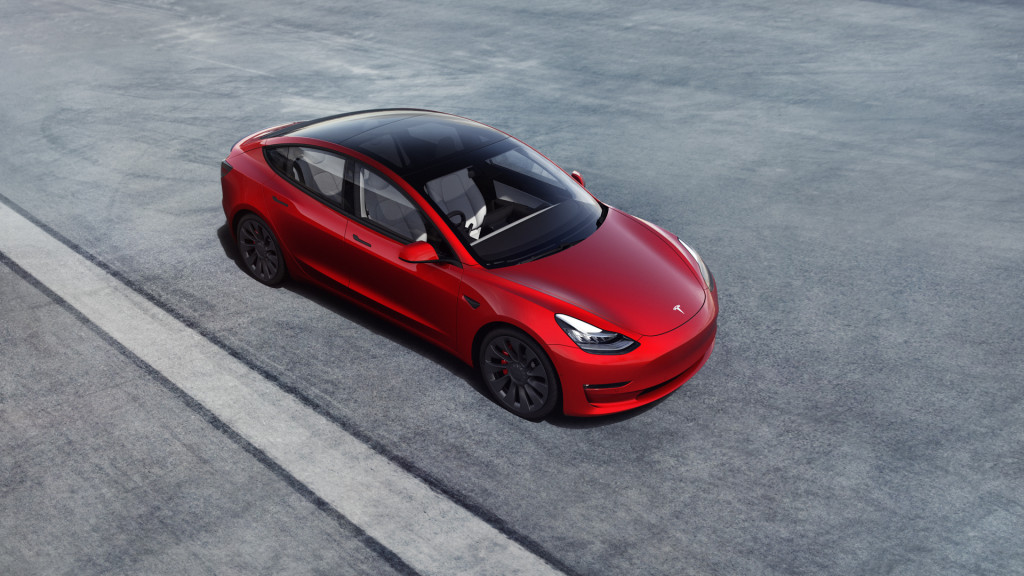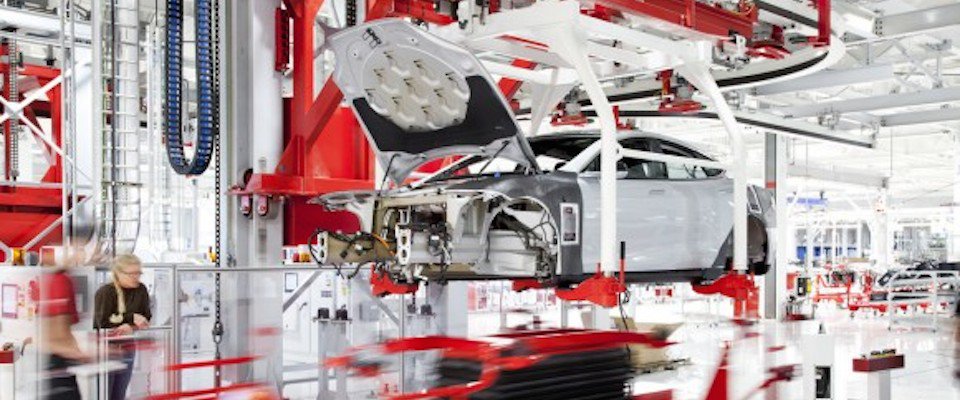On Tuesday the U.S. Environmental Protection Agency announced a settlement with Tesla over paint-related Clean Air Act violations at its Fremont, California, plant.
The total cost of the penalty for violations spanning nearly three years is $275,000, or the retail equivalent of about four base Model Ys.
Tesla delivered about 936,000 vehicles globally in 2021. And in California, where up until now all U.S.-market cars are built, Tesla surged past a 10% market share—among all cars and light trucks—in the fourth quarter of the year. Tesla’s market value has at times surpassed $1 trillion in recent months, and it reported $2.3 billion in net income over the fourth quarter of 2021.

2022 Tesla Model 3
And yet the lack of oversight potentially affected thousands, according to the EPA.
“People living in communities that are near sources of hazardous air pollutants may face significant risks to their health and environment,” the EPA said, pointing to Tesla’s use of coating materials containing formaldehyde, ethylbenzene, naphthalene, and xylene at the facility.
The EPA alleges that Tesla fumbled some practices that one might think would be basics for its sustainability calculations. Tesla was required to perform monthly emissions calculations for the coating operations and keep records on its emissions rate, as well as develop a “work practice plan”—all items that the EPA suggests were missing in several information requests.
“Today’s case is another example of the Agency’s years-long compliance oversight of this facility,” the EPA said, noting that Tesla has corrected the violations.

Tesla Motors production line for Tesla Model S, Fremont, California
Solvent emissions from paint shops, besides being local environmental pollutants, can also contribute to global warming. Volkswagen, for instance, said that it achieved a 25-percent reduction in CO2 emissions at its manufacturing plants through the control of this emissions type.
Tesla hasn't published any comprehensive metric regarding the carbon footprint of manufacturing its vehicles, although in its latest Impact Report, from 2020, it noted the energy efficiency of its factories and supply chain localization, and says that its upcoming factories “will set a new standard for low energy and water usage per vehicle.”













